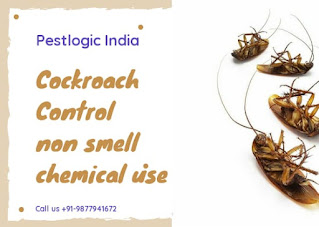Know about Bird Mite.
Bird mites are tiny parasitic arachnids that infest birds and their nesting areas. While they primarily feed on the blood of birds, they can also bite humans if their preferred hosts are not available. Here's more information about bird mites:
Size and Appearance:
- Bird mites are extremely small, with adults measuring around 0.5 mm in length. They have eight legs and a round or oval-shaped body. Their color can vary from pale to dark brown, depending on their feeding status.
Habitat:
- Bird mites infest bird nests, roosts, and the bodies of birds, where they feed on blood. When the birds leave the nest, or the nesting material is removed, the mites may seek alternative hosts, including humans.
Life Cycle:
- The life cycle of bird mites typically includes stages such as eggs, larvae, nymphs, and adults. The entire life cycle can be completed in a matter of weeks, depending on environmental conditions and food availability.
Feeding Behavior:
- Bird mites are obligate blood-feeders, relying on the blood of birds for sustenance. However, when their avian hosts are absent, they may bite humans, causing skin irritation and discomfort.
Human Bites:
- Bird mite bites on humans can result in itching, redness, and small, raised welts. The bites are often clustered in specific areas and may lead to dermatitis. While bird mites are not known to transmit diseases to humans, their bites can cause allergic reactions in some individuals.
Transmission:
- Bird mites are primarily transmitted to humans when they come into contact with infested birds, their nests, or nesting materials. They can also enter homes through gaps, cracks, or vents.
Control and Prevention:
- Controlling bird mites involves addressing the infestation at its source, which often means treating the bird nests or roosting areas. Additionally, sealing entry points into homes and employing pest control measures can help prevent infestations.
Professional Assistance:
- Dealing with bird mite infestations may require professional pest control services. Pest control experts can assess the situation, identify the source of the infestation, and implement effective control measures.
Environmental Factors:
- Bird mites thrive in warm and dry conditions. Properly ventilating and maintaining living spaces can help reduce the likelihood of infestations.
Bird Mites and Poultry:
- Bird mites can also infest poultry farms, affecting domestic birds. Farmers need to implement measures to control mite populations and protect the health of their flocks.
Addressing bird mite infestations involves a combination of pest control strategies, habitat management, and preventive measures to protect both avian hosts and human residents. Early detection and prompt action are key to successfully managing bird mite issues.









Comments